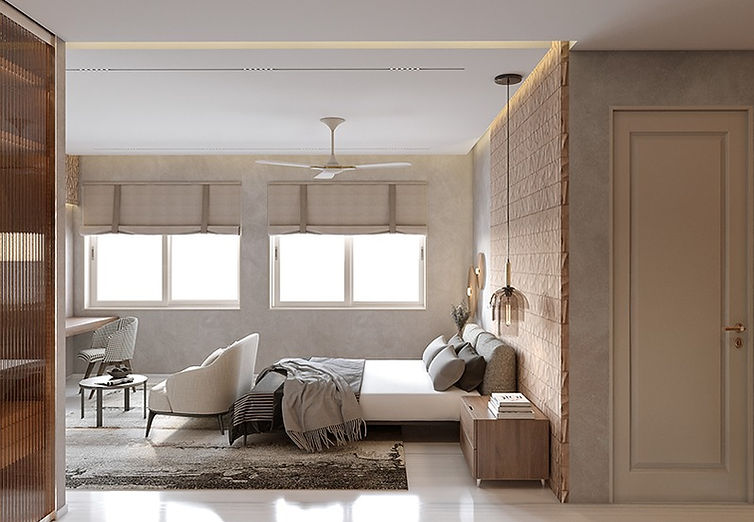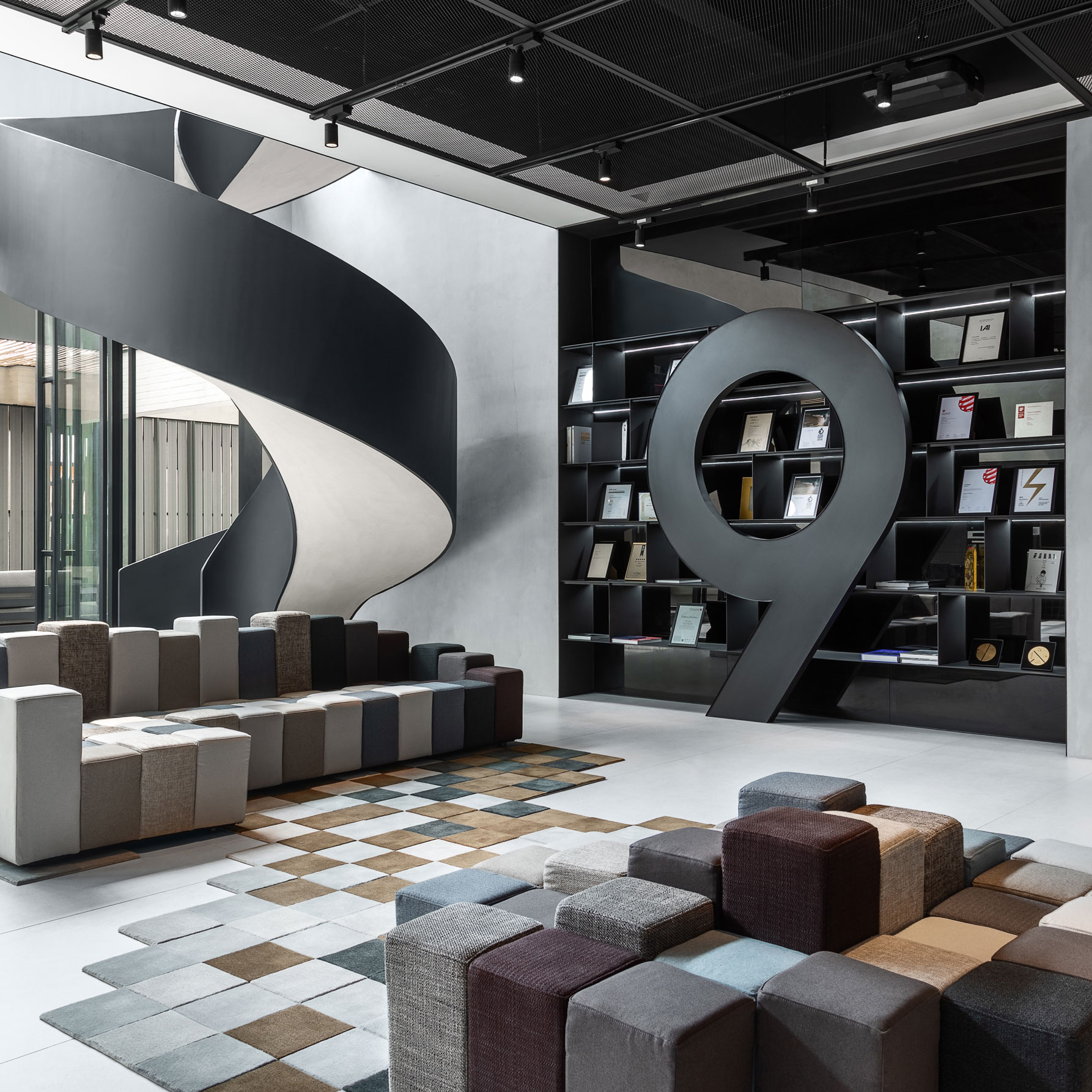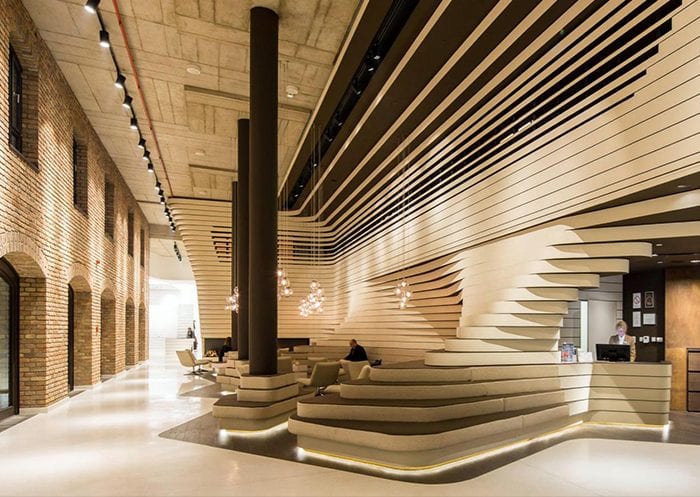Stylish Countryside Interior Styling for Rural Retreats
Stylish Countryside Interior Styling for Rural Retreats
Blog Article
The Art of Balance: How Interior Design and Home Architect Collaborate for Stunning Outcomes
In the realm of home design, striking a balance between aesthetics and performance is no little feat. This fragile stability is attained via the unified collaboration between interior developers and designers, each bringing their special experience to the table. The outcome? Rooms that are not only aesthetically magnificent but likewise exceptionally livable. Nevertheless, this perfect mix is not constantly simple to acquire. Stay with us as we check out the details of this collaborative procedure and its transformative impact on home style.
Recognizing the Core Differences Between Interior Decoration and Home Style
While both Interior Design and home style play important duties in developing aesthetically pleasing and practical spaces, they are naturally different techniques. Home design mostly concentrates on the structural facets of the home, such as building codes, safety regulations, and the physical building of the area. It takes care of the 'bones' of the framework, working with spatial dimensions, load-bearing wall surfaces, and roofing system designs. On the various other hand, Interior Design is extra worried with boosting the sensory and aesthetic experience within that structure. It includes selecting and setting up furniture, picking shade plans, and incorporating decorative aspects. While they function in tandem, their duties, duties, and areas of expertise split significantly in the development of a harmonious home atmosphere.
The Synergy Between Home Design and Interior Decoration
The synergy between home architecture and Interior Design depends on a common vision of style and the improvement of practical looks. When these 2 fields straighten sympathetically, they can change a home from average to amazing. This partnership requires a much deeper understanding of each discipline's principles and the capacity to create a cohesive, visually pleasing atmosphere.
Unifying Style Vision
Combining the vision for home architecture and Interior Design can develop an unified space that is both functional and aesthetically pleasing. The equilibrium starts with an incorporated attitude; architects and interior developers team up, each bringing their competence. This unison of concepts develops the design vision, a plan that guides the job. This common vision is necessary for uniformity throughout the home, ensuring a fluid shift from exterior style to interior spaces. It promotes a synergistic method where building elements enhance Interior Design components and the other way around. The outcome is a cohesive space that shows the homeowner's preference, way of living, and personality. Therefore, unifying the style vision is critical in mixing design and Interior Design for spectacular results.
Enhancing Practical Appearances
How does the harmony between home architecture and indoor layout boost useful appearances? Architects lay the groundwork with their structural layout, making certain that the room is efficient and functional. A designer might develop a residence with large home windows and high ceilings.
Importance of Partnership in Creating Balanced Spaces
The partnership in between indoor developers and designers is essential in producing balanced areas. It brings consistency between style and style, bring to life rooms that are not just aesthetically pleasing but likewise practical. Checking out effective collective techniques can provide insights into exactly how this synergy can be successfully accomplished.
Integrating Layout and Style
Equilibrium, a vital facet of both Interior Design and style, can just absolutely be achieved when these 2 areas work in consistency. This consistency is not just a visual consideration; it impacts the capability, durability, and ultimately, the livability of a room. Inside designers and developers need to comprehend each other's functions, value their competence, and communicate properly. They should take into consideration the interplay of structural elements with decoration, the circulation of spaces, and the impact of light and shade. This joint process results in a cohesive, well Full Report balanced style where every component contributes and has a function to the overall aesthetic. Integrating style and design is not simply concerning creating stunning rooms, yet regarding crafting spaces that work effortlessly for their inhabitants.
Successful Joint Techniques

Situation Researches: Effective Assimilation of Layout and Architecture
Examining several instance studies, it comes to be obvious exactly how the effective assimilation of indoor layout and design can transform a space. Designer Philip Johnson and interior developer Mies van der Rohe teamed up to produce a harmonious equilibrium between the structure and the interior, resulting in a this seamless circulation from the outside landscape to the internal living quarters. These situation research studies underline the extensive influence of an effective layout and architecture cooperation.

Overcoming Difficulties in Layout and Design Collaboration
Despite the obvious advantages of a successful collaboration in between Interior Design and design, it is not without its difficulties. Communication problems can develop, as both parties may make use of various terms, understandings, and methods in their work. This can result in misconceptions and hold-ups in task conclusion. Another major difficulty is the harmonizing act of appearances and functionality. Designers may focus on architectural stability and security, while designers concentrate on comfort and style. The assimilation of these purposes can be complex. Additionally, budget and timeline constraints frequently include pressure, potentially causing rifts in the partnership. Efficient interaction, mutual understanding, and concession are essential to overcome these obstacles and accomplish a successful and harmonious partnership.

Future Trends: The Developing Connection In Between Home Architects and Interior Designers
As the world of home style proceeds to progress, so does the relationship between architects and interior developers. Alternatively, indoor developers are accepting technical aspects, affecting overall layout and functionality. The future guarantees a much more cohesive, ingenious, and adaptive method to home style, as engineers and developers continue to obscure the lines, cultivating a relationship that absolutely symbolizes the art of balance.
Verdict
The art of equilibrium in home layout is attained through the unified collaboration in between interior developers and engineers. An understanding of page each various other's self-controls, reliable interaction, and shared vision are important in developing aesthetically stunning, practical, and welcoming areas. In spite of obstacles, this partnership cultivates growth and innovation in style. As the relationship in between home engineers and interior designers develops, it will certainly continue to shape future patterns, boosting convenience, efficiency, and personal expression in our space.
While both indoor style and home design play necessary duties in creating aesthetically pleasing and functional spaces, they are inherently various disciplines.The harmony between home architecture and interior design exists in a shared vision of layout and the improvement of useful appearances.Linking the vision for home architecture and interior style can create a harmonious living space that is both functional and cosmetically pleasing. Thus, unifying the style vision is vital in blending architecture and indoor design for stunning outcomes.
Exactly how does the harmony between home architecture and indoor style improve useful aesthetic appeals? (Winchester architect)
Report this page